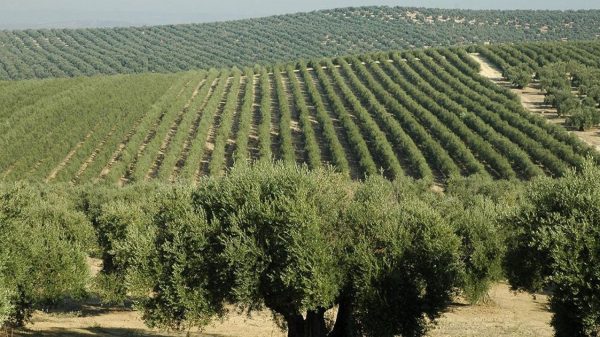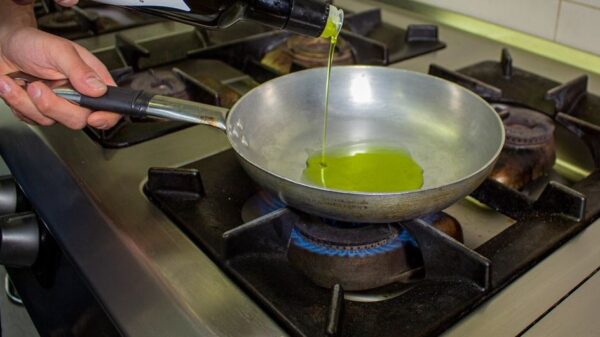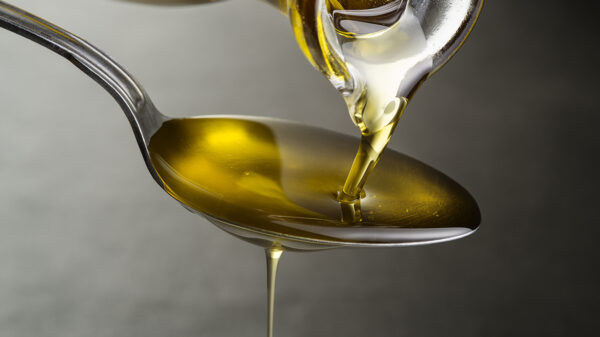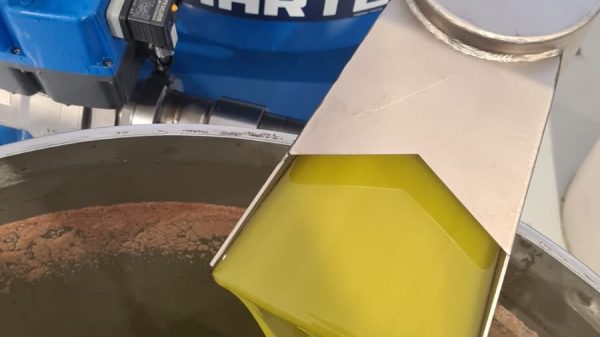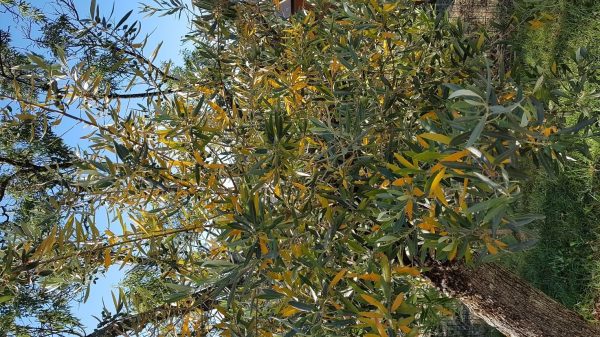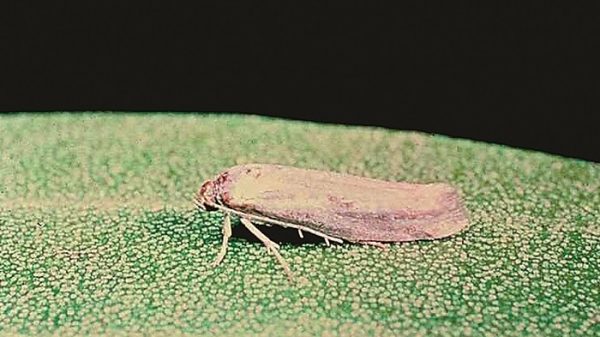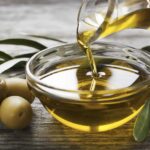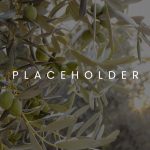 The concept that fatty acids are necessary for growth in both animals and humans was first introduced into nutritional science in 1929 by Burr. (1)
The concept that fatty acids are necessary for growth in both animals and humans was first introduced into nutritional science in 1929 by Burr. (1)
After 1960 it was understood the nutraceutical importance of essential fats (linolenic acid o3 and linoleic acid o6) furthermore, many studies had been completed using oleic acid (o9, not essential), as a reference element, wrongly assumed, devoid of activity.
At the end of the last century and the beginning of the current one, the first works appeared that correlated epidemiological, clinical and experimental studies on regulatory activity of oleic acid (OA) both in an immunomodulatory sense of leukocytes, either in an anti-inflammatory sense, such as to have a beneficial role on autoimmune and chronic diseases such as articular rheumatism.
The immune system is an integrated defense network which includes two distinct, but interacting and interdependent systems.
The first system is innate, that is natural, nonspecificor, lacking immunological memory; is formed from phagocytes (macrophages/monocytes, granulocytes) which can incorporate and destroy bacteria, viruses, fungi and parasites. Participating in this defense system, always ready in its role, are i Natural Killer lymphocytes (NK) specialized in destroying cells infected by viruses or which have undergone transformation, including neoplastic ones.
The second system, vested, adaptive, specific for every aggressive agent, he is capable of keeping this encounter in his memory and is made up of T lymphocytes (CD4; helper / inducer), of which the subfamily Th1 produces pro-inflammatory molecules such as lymphokines [interleukin 2 (IL2) and interferon gamma (IF γ), capable of activating macrophages, NK cells and cytotoxic lymphocytes], while Th2 lymphocytes produce anti-inflammatory lymphokines (IL 4, IL 5, IL 10).
I intracellular pathogens induce differentiation along the Th1 pathway while those extracellular along the Th2 route.
They belong to the specific system, even i B lymphocytes which, following the encounter with the foreign agent, differentiate into plasma cells capable of synthesis specific antibodies aimed at neutralizing the antigens of the aggressor.
T lymphocytes (CD8; suppressor/cytotoxic) also participate as effectors by destroying infected cells or attenuating the immune response.
Monocytes / macrophages intervene by producing monokines with inflammatory action (IL 1, Tumor Necrosis Factor α -TNF, IL 6).
In these immunological balances, where cells communicate with each other through specific molecules (lymphokines or monokines) and within cells through signals that can modulate some DNA functions, Fatty acids can act in both an inflammatory and anti-inflammatory sense or both immunostimulant and immunodepressant.
The most important lipids for immune function are the fatty acids involved in the composition and fluidity of cell membranes, in the transduction of intracellular signals and in the modulation of gene expression.
The most immunosuppressive oil is fish oil since it contains some ω3 (EPA = eicosapentaenoic acid, DHA = docosaenoic acid) such as to determine a lower reactivity to the tubercle bacillus, an event demonstrated with a greater incidence of tuberculosis in the Eskimo populations of Greenland, who made considerable use of it. (2)
These Eskimos have a lower resistance to infectious diseases but a low incidence of inflammatory disorders, ischemic heart disease and cancer.
Fish oil, unlike EVOO or OA, lowers antibacterial immune defenses, a theory also confirmed with experiments on animals.
ω6 fatty acids, unlike ω3, improve immunological activity.
OA has a much lower immunosuppressive action than fish oil by decreasing the activity of NK cells and inhibiting leukocyte migration.
Leukocytes normally have a rolling movement within blood vessels which can slow down when activated, as adhesion molecules (CD11b) appear on their surface.
The latter molecules determine greater adhesion to the molecules expressed on the surface of the vessels [VCAM-1 (acronym for Vascular Cell Adhesion Molecule), E-selectin or cell adhesion (ICAM-1 where I = Intercellular)].
The first step of the inflammatory process consists of: the marginalization of leukocytes circulating on the wall of a vessel, followed by migration into the area of inflammation, where the foreign body has been engulfed, releasing inflammatory molecules and oxygen radicals with a bactericidal action (ROS).
Stearic acid (one of the saturated fatty acids) induces an increase in ICAM-1 and in this mechanism oleic acid counteracts its action.
Oleic acid increases the phagocytic capacity of neutrophils and macrophages that is, the activity on bacteria and fungi, in particular on Candida through the activation of enzymes which produce superoxide molecules (O2°-).
Oleic acid has a inhibitory effect on the:
1) production of IL-2, responsible for the proliferation, differentiation and autocrine growth of T lymphocytes;
2) production of IFN γ, responsible for the activation of NK and macrophages and inducer of the differentiation of T and B lymphocytes;
3) proliferation of immature T cells.
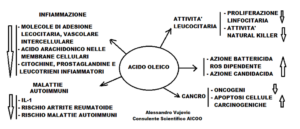
Despite these alterations in immune function, it has been reported that diets rich in olive oil are not as immunosuppressive as diets based on fish oil. the anti-inflammatory and immunomodulatory action is especially evident in autoimmune forms, where there is one exaggerated and self-aggressive immune response towards its own structures.
AO has an anti-inflammatory action as, after it is incorporated into the phospholipids of cell membranes, it determines a decrease in arachidonic acid (AA) from which molecules with 20 carbon atoms derive (hence the name Eicosanoids, from the Greek eikosi = 20), of autocrine hormone-like types pro-inflammatory, capable of modulating gene expression involved in the production of cytokines
Furthermore, the incorporation of AO into the membrane phospholipids determines greater membrane fluidity and a higher activity of the phospholipase enzymes which hydrolyze PIP2 (phosphatidyl-inositol-biphosphate) releasing DAG (diacylglycerol) and IP3 (inositol) as second messengers. triphosphate) which, in turn, regulate some cellular functions, with cascade mechanisms acting on phosphorylating enzymes (such as PKC) up to acting on nuclear transcription factors such as HDAC7 [a nucleosome deacetylase (DNA+histones) which regulates the reading or silencing of DNA].(Note)
Embedded in the cell membrane are both arachidonic acid (comes from the metabolism of linoleic acid –ω6) and EPA (eicosapentaenoic acid – ω3, which comes from linolenic acid –ω3) competing with each other.
EPA tends to increase the second intracellular messenger, which is cAMP (cyclic adenosine monophosphate), while Arachidonic Acid tends to increase DAG-IP3 and decrease cAMP.
If the level of one rises, that of the second messenger drops and when the AA/EPA ratio is low we have an anti-inflammatory effect determined by the biological action of molecules derived from EPA.
Oleic acid, replacing Arachidonic Acid, lowers the AA/EPA ratio consequently we will have fewer AA-derived molecules with inflammatory action (such as prostaglandins, leukotrienes).
An epidemiological study on Greek subjects, who use EVOO and subjects who do not use, found that the former they are four times less likely to develop rheumatoid arthritis determined by the reduction of inflammatory mediators. In this case the oleic acid is transformed into eicosatrienoic acid (20:3n-9), [similar to EPA (20:5n-3) in fish oil] which is a powerful inhibitor of leukotriene B4, one of the major inflammatory, chemotactic factors, leukocyte adhesion to the endothelium and inducer of ROS formation.
The constant use of EVOO, rich in oleic acid (olive oil can contain from 55 to 85%) determines a suppression of lymphocyte proliferation, a decreased adhesion of leukocytes to blood vessels, an inhibition of the production of inflammatory cytokines, inflammatory molecules derived from Arachidonic Acid and a reduction in the activity of Natural Killer cells.
This immunomodulatory action linked to oleic acid, in synergy with the molecules of phenolic compounds, can be effective in the treatment of some chronic autoimmune/inflammatory diseases and in the regulation of the immune system in general.
REFERENCES
- Burr GO; Burr MM J Biol Chem., 1929, 82, 345-67.
- Kaplan, G.J et al. 1971. Am. Rev. Respir. Dis., 105, 920-26
- Karacor K. et al. 2015, Medical Science and Discovery, vol. 2; n°1:125-32.
- Sales-Campos H et al. 2013, Mini-Reviews in Medical Chemistry;13 Bentham Science Publishers.
- Carrillo C. et al. 2012, Nutr Hosp, 27:978-90.
- De Pablo MA 2004, Fats and oils,55: 42-51
- Vujovic A. Olive oil between history and science. 2020 Tozzuolo Editore, Perugia. Chap.17.26, pg. 425-429
- Vujovic A. Extra virgin olive oil protects against autoimmune diseases and chronic inflammatory diseases, TN 13/07/2018.
